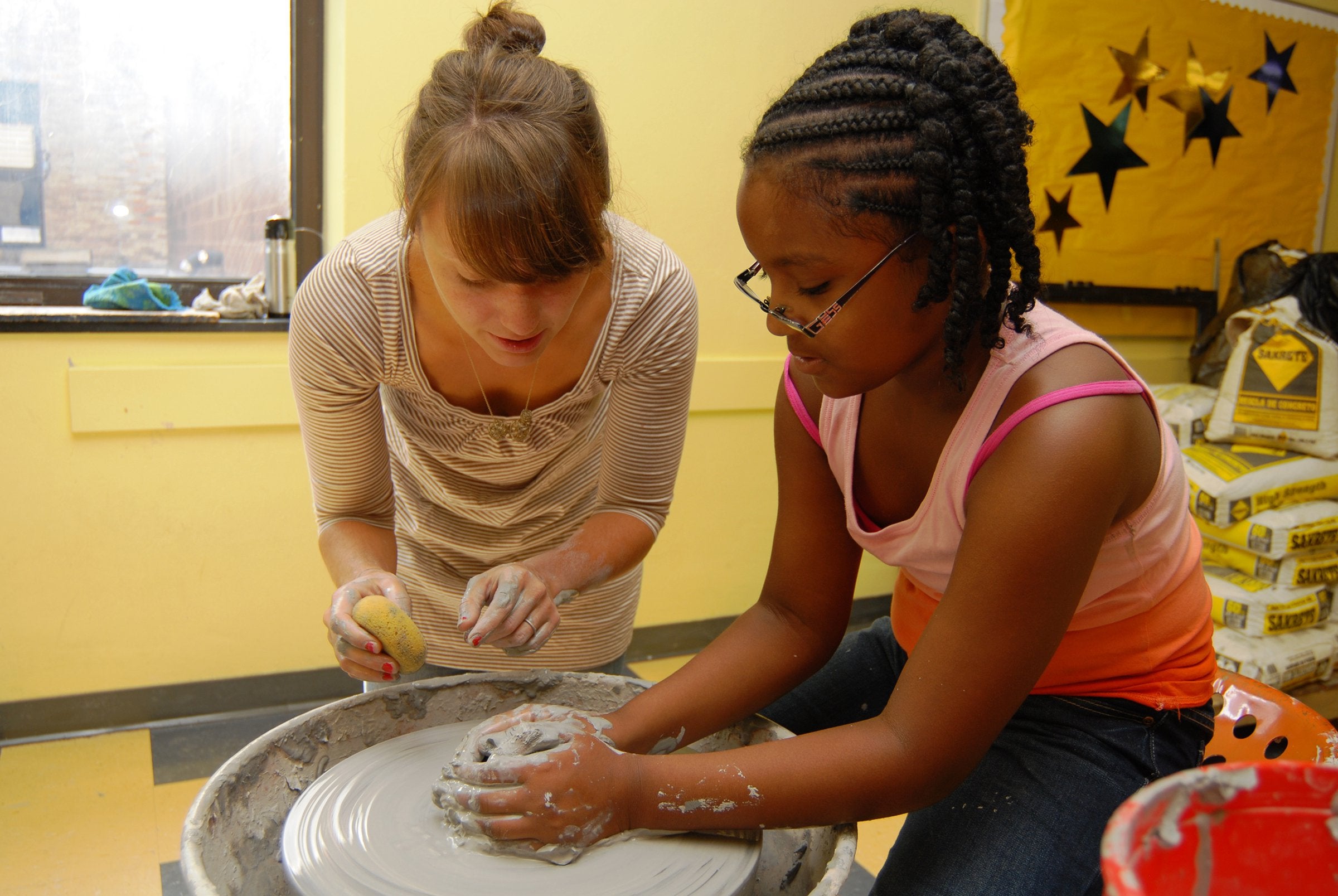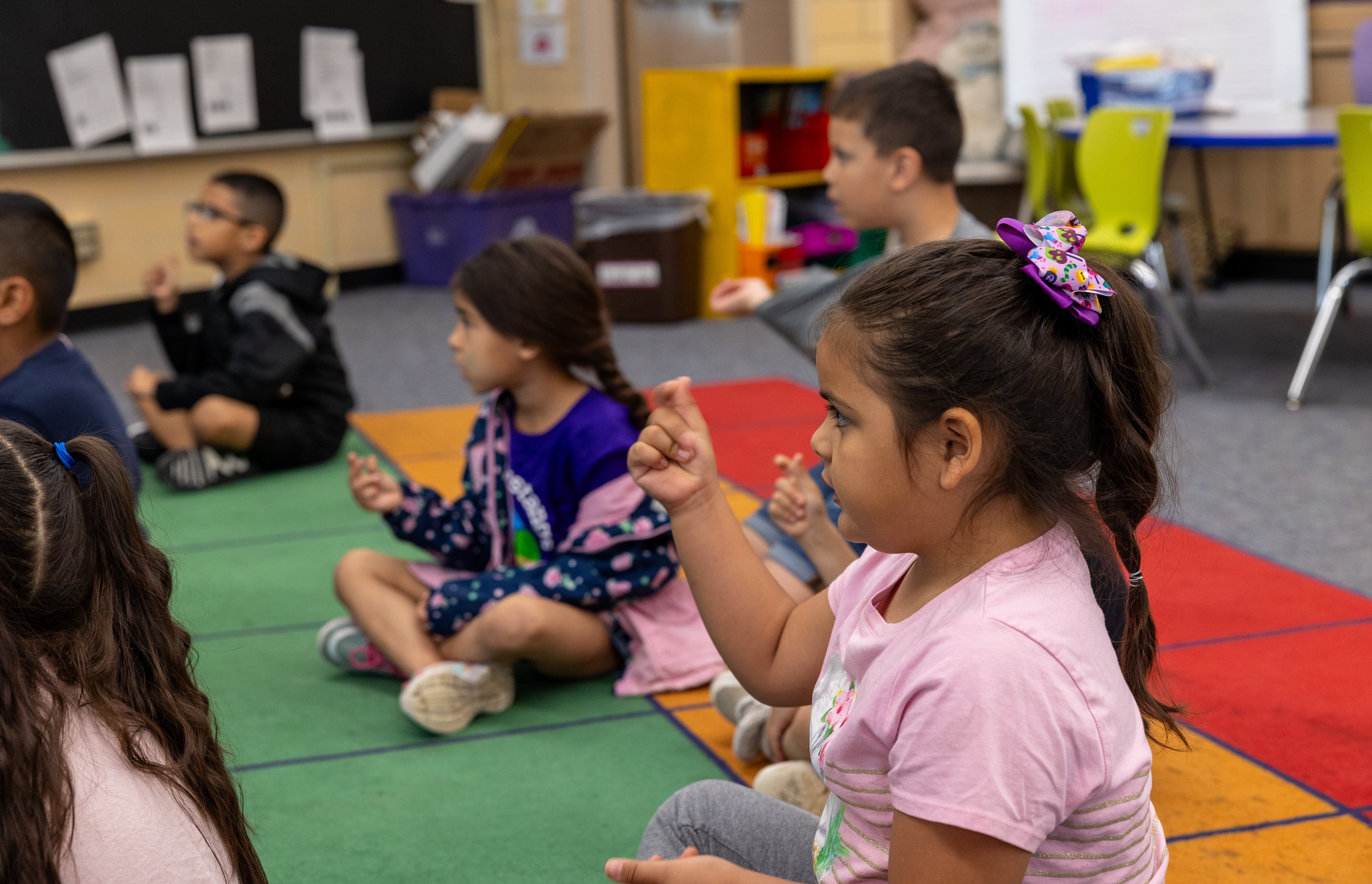Wallace has some 50 active research studies across the foundation’s areas of arts, education leadership, and youth development. This blog is the second in an occasional series of conversations that Bronwyn Bevan, vice president of research, has been having with researchers Wallace has commissioned or awarded grants to. She recently talked with professors Valerie Adams-Bass, from Rutgers University, and Nancy Deutsch, from the University of Virginia, about a study they led for Wallace to understand how school districts that were taking strong steps to address equity during the school day were thinking about equity with respect to their afterschool and summer programs. Wallace has posted a brief describing key points from their study.
The interview has been edited for length and clarity.
Bronwyn: Before you talk about what your study found, can you please share how you defined equity in your research?
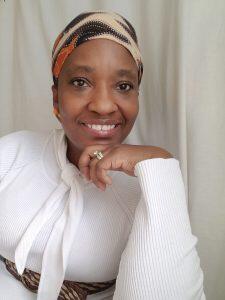
Valerie: We define equity as ensuring that every person has access to what they need to thrive. This is different from ensuring that every person has equal access to resources. Instead, it means that when making decisions about resources, you need to consider how existing disparities affect people's needs differentially. For example, designing programs for “all students” without attending to who has access to transportation to the programs and who doesn’t would not be an equitable approach. This way of thinking about recognizing and responding to disparities formed the backbone for the set of equity indicators we developed that then guided the selection of districts in our study.
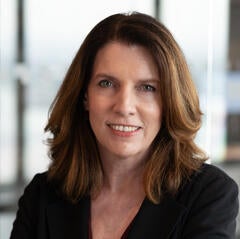
Bronwyn: That's a great concrete example. I could also imagine, on a social dimension, it might involve recognizing, for example, who might feel “welcomed” in a space, and who might not. Addressing that disparity might require more than a handshake to make a person who perhaps has felt excluded from a space, perhaps excluded across generations, to truly feel not only welcomed but as if they have what researchers Angie Calabrese Barton and Edna Tan call “a rightful presence” to be in and to make up that space. Equity would mean taking extra steps, providing meaningful social supports to ensure that a person truly experiences a sense of belonging.
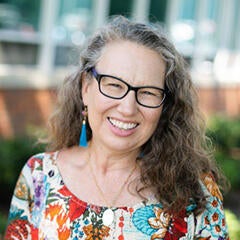
Nancy: We undertook this study because how districts operationalize equity in out-of-school-time spaces—logistically as well as socially—is so important. How do they ensure that all young people have an opportunity to thrive in and through the out-of-school-time space? Afterschool and summer programs clearly have the potential to increase equity and opportunity for young people, but unless districts are intentional about it, their out-of-school-time programs can end up replicating structures of inequity.

“What was exciting about this study was documenting concrete actions that administrators and teachers could take to advance equity.”
Bronwyn: Could you say more about that?
Valerie: Particularly for young people who are not thriving in school, what happens in afterschool and summer may need to be different. What was exciting about this study was the opportunity to document concrete actions that administrators as well as teachers could take to advance equity—how they recognize disparities and provide resources and supports that address those disparities for full and meaningful student participation.
Bronwyn: What are the kinds of things you look for when you are looking for equity in the district’s out-of-school-time space?
Valerie: I want to see a notable number of the afterschool staff members reflecting and knowing the community they're serving. Sometimes you see programs build pipelines by hiring students who have come through the district. Those districts are intentional and purposeful about who they hire. This can help young people feel welcome, recognized, and supported.
Nancy: I want to see programs that celebrate and amplify students’ cultures. This can mean drawing on the strengths of the young people's families and community members. This can help young people feel that who they are and where they come from makes a contribution.

“You look to see how programs listen to the community and to young people themselves and use what they hear to develop their programs.”
Valerie: You look to see how programs listen to the community and to young people themselves and use what they hear to develop their programs. That can look like creating spaces to engage with families outside of the normal school day hours. Parents are working during those hours. That can look like children’s circles, where students are invited to speak up about what they want more of.
Nancy: Equity also looks like opportunity. Do districts have positive, fun, and meaningful options in the summer? Some kids have parents who can afford to pay for summer camps and other enrichment activities. They're not sitting around doing remedial math. It’s by definition inequitable when some students get to choose how they spend their summers, and therefore how they grow and develop when school is out, while other students have no choice. We saw a mix in the districts we studied. Some were very focused on equalizing summer opportunities for particular sub-populations of students.
Bronwyn: So I am hearing you define equity practices in two ways. One is where districts are identifying sub-populations of youth to provide them with enriching growth experiences like those their more affluent peers might be getting through their family and neighborhood resources. The other is attention to the program experience so that they are affirming of young people’s identity—through staffing, through listening and program offerings. It reminds me of education scholar Rochelle Gutierrez’s dominant and critical axes of equity—one axis is about access and achievement and the other about identity and power, and you need both. Were there differences in how districts thought about these two opportunity axes?
Valerie: It really varied by district; but I believe equity-rich districts that were doing the work did a little bit of both. The key thing is that they were very aware of who needed what in their communities. We had one large district that was focused on psychological and social services for all young people. We had another district that was offering the services, and they were providing multiple kinds of programs and thinking about how to make sure that young people were coming, and that the parents were okay with the program menu.
Nancy: There was a lot of focus on access, including transportation issues and figuring out which schools should be providing [programming] and how to get kids there. There was a universal sense of “Okay, we can't be doing equity if we're not having equity of access.”
Bronwyn: I hear you saying that you might have to start with access, which Gutiérrez would call part of the dominant axis of equity (“welcome to our space”), but the other axis, the critical one, would focus on providing meaningful experiences, where issues of power and identity may be salient (“this space is yours”). In other words there may be logistical barriers, but what about social ones, the cultural ones? There’s a bus to the program, why is it that some students choose not to get on it?
Valerie: We saw that it was important to know the community. One district leader described how she tapped a staff person who deeply knew what the community wanted and excelled at the cultural translation. She leaned on that person. I would say bilingual or multilingualism also came up a lot in terms of communicating with the parents about the programming, especially when it was new.
Nancy: In some districts, schools thought about what is missing in their standard offerings. So, for example, in schools where arts programs had been cut, they offered them in afterschool or summer. That led to something else that our study found to be crucial: partnering with community-based organizations.
Bronwyn: Can you say more about that?
Nancy: We saw some districts recognize that they didn’t have the expertise on staff to do culturally specific or responsive or advanced programming in a particular area. But they recognized that there was an organization in the community that did it really well. So they contracted with those organizations to provide programs.
Bronwyn: I’m aware of other research that talks about the importance of partnerships with community-based organizations. Did you see the equity concerns of the districts get picked up by the partners?
Valerie: Typically I think that the partners were aware of district equity efforts. But it really depended on how long the partnership had existed.
Nancy: Partnerships bring really important things to the table. But you don't always have that communication between the districts and the partners in terms of what's happening in the school building, what the expectations are out of the school building, or priorities of the district versus the program. So you often have decision-making happening at the district without necessarily the knowledge or input of the partners.
Valerie: We also saw differences in terms of what was being measured. For example, a school district may have its own metrics for equity, for student achievement, and student mental health while the community partner has different metrics. They didn’t always speak the same language, and they didn’t refer to the same data or data dashboard. We kept thinking wow, this is such an opportunity to really, you know, tighten up equity if they could come together around measurement or indicators.
Nancy: There was also silo-ing within districts. Even when districts had offices that ran the OST programming, it was usually separate from the office of DEI. So the person in the office of diversity equity, inclusion couldn’t answer questions about OST, and vice versa. There’s a huge opportunity for coherence there.
Photos from top to bottom: Valerie Adams-Bass, Bronwyn Bevan, and Nancy Deutsch
